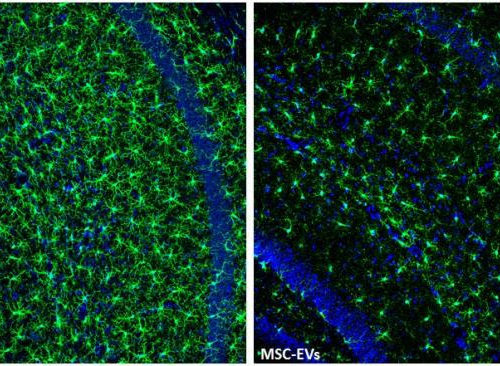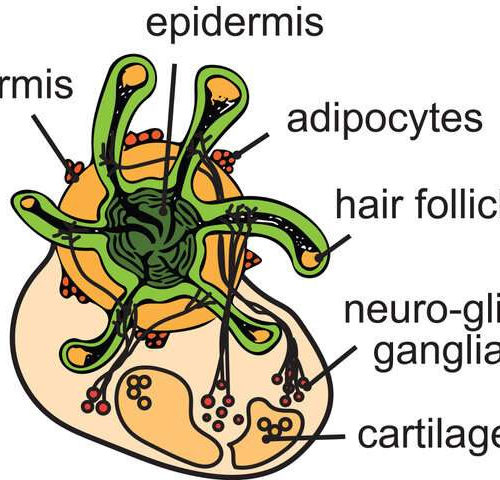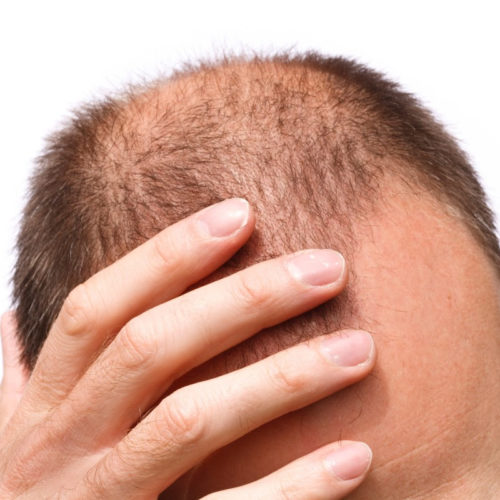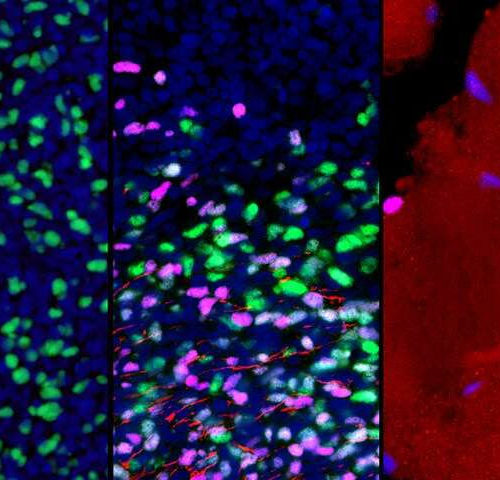Muscle stem cells, the reserve stem cell in the skeletal muscles, are responsible for muscle repair after damage. They are the ‘regenerative medicine’ to cure muscle diseases and muscle damage. In a healthy uninjured condition, muscle stem cells are in quiescence, a dormant state, to preserve them. Whenever there is muscle damage, they will wake...
Category: <span>Stem Cell Therapy</span>
Microneedling therapeutic stem cells into damaged tissues
Small and minimally invasive ‘Detachable Microneedle Depots’ effectively deliver stem cells for localized MSC therapy of skin disorders Credit: Khademhosseini Lab (LOS ANGELES) — Mesenchymal stem cells (MSCs) are multipotent in that they naturally replenish the cell types that build our bone, cartilage and adipose tissues. However, their much broader regenerative potential, based on their...
Potential biomarker identified to screen quality of donor’s stem cells before harvesting
Durham, NC – A new study released today in STEM CELLS addresses a significant problem that has been confronting human mesenchymal stem cells (hMSCs) therapy. While hundreds of clinical trials involving thousands of patients are under way to test hMSCs’ ability to treat everything from heart disease to brain injury, there has been no way...
Intranasal delivery of MSCs provides hope for treating Alzheimer’s disease
Durham, NC – In the search for a cure for Alzheimer’s disease, mesenchymal stem cells and their derived extracellular vesicles (MSC-EVs) offer much promise, thanks to their protective and anti-inflammatory properties. The results from a new study done on mice, released today in STEM CELLS Translational Medicine, strengthens this idea by showing for the first...
Hairy, lab-grown human skin cell model could advance hair loss research
by Oregon Health & Science University skin model in the lab that could be used to better understand and treat hair and skin disorders. Credit: Karl R. Koehler and Jiyoon Lee, Boston Children’s Hospital/Harvard Medical School. A new, hair-sprouting dollop of human skin created in the lab might one day help prevent hair loss. Organoids...
Stem cell treatments ‘go deep’ to regenerate sun-damaged skin
May 28, 2020 – For a while now, some plastic surgeons have been using stem cells to treat aging, sun-damaged skin. But while they’ve been getting good results, it’s been unclear exactly how these treatments – using adult stem cells harvested from the patient’s own body – work to rejuvenate “photoaged” facial skin. A new...
Caveolin binding motif in Na/K-ATPase required for stem cell differentiation in animals
HUNTINGTON, W.Va. – New findings reveal the importance of the Na/K-ATPase protein in stem cell differentiation and organogenesis, in a study led by scientists at Marshall University that involves the scaffolding function of the Na/K-ATPase. The research, published today in Science Advances, indicates that a sequence in the Na/K-ATPase, also known as the sodium pump,...
Stem cell topical solution for baldness offers positive trial results
By Rich Haridy May 18, 2020 South Korean researchers have shown a stem-cell-based topical solution can regrow hair in both male and female subjects with common pattern baldness. The small, randomized, placebo-controlled trial found the treatment both safe and effective, with larger trials hoped to validate the results in more diverse populations. The most common...
Scientists create first roadmap of human skeletal muscle development
by University of California, Los Angeles An interdisciplinary team of researchers at the Eli and Edythe Broad Center for Regenerative Medicine and Stem Cell Research at UCLA has developed a first-of-its-kind roadmap of how human skeletal muscle develops, including the formation of muscle stem cells. The study, published in the peer-reviewed journal Cell Stem Cell,...
Scientists generate millions of naïve human pluripotent stem cells, far more than have ever been produced
For decades, the enormous disease-curing potential of human stem cells has been thwarted by the inability to produce sufficient quantities of mature human cells in vivo — in a living organism. Now, a team led by University at Buffalo scientists has developed a method that dramatically ramps up the production of mature human cells in...






